Why did one in five people drop out of the Ironman World Championship St. George?
With a 78.1 per cent finishing rate, was the St. George race even harder than Kona?
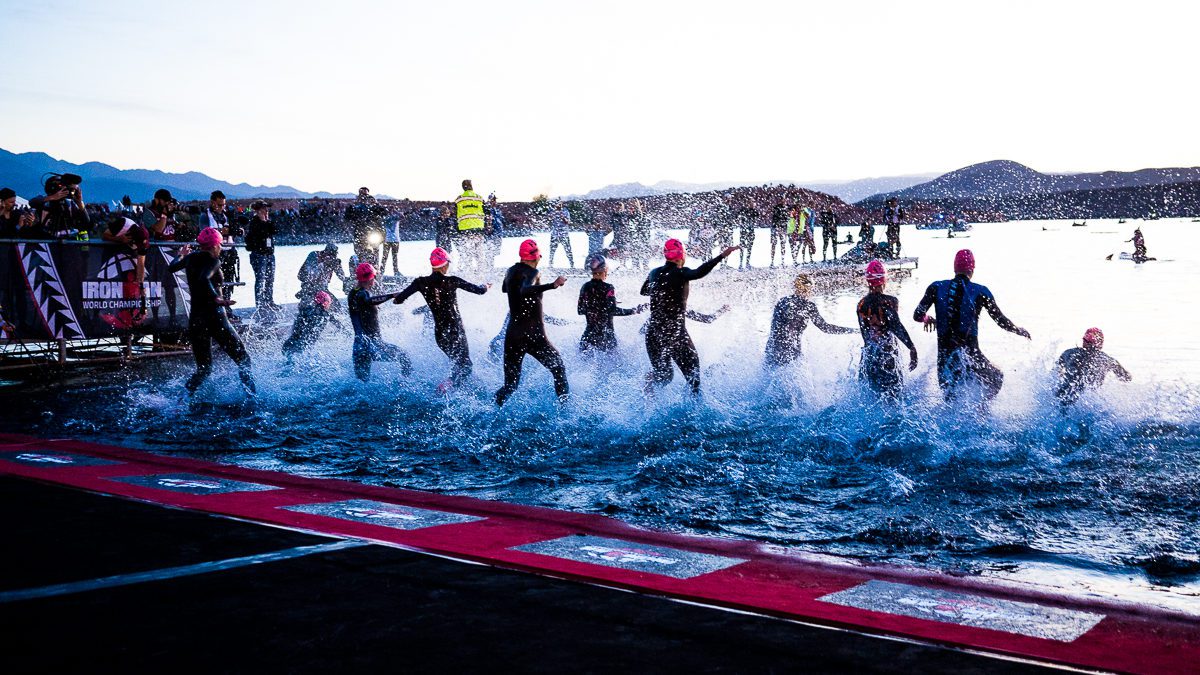 Photo by:
Kevin Mackinnon
Photo by:
Kevin Mackinnon
We heard from the pros at the post-race press conference just how tough the day had been at the Ironman World Championship St. George, Utah, but further proof came as the day dragged on as more and more age group athletes either dropped out of the race or missed one of the cut offs. In the end 21.9 per cent of the field wouldn’t make it to the finish line, an amazing number considering this was a world championship event.
Full-distance races in St. George have notoriously been difficult. According to Raymond Britt from RunTri.com, in 2011 the race had one of the previously highest recorded DNF rates of 19 per cent. A year later that number ballooned to 29 per cent on a day where “The frustratingly choppy water forced 6% of starters to DNF; wind gusts up to 40 mph forced another 19% to DNF, and finally, another 4% did not complete the run,” Britt said.
The athletes competing at Saturday’s World Championship event weren’t facing the same kind of winds, but were taking on a course even more difficult than the old Ironman race in St. George. Most years at the Ironman World Championship the DNF rate is between 5 and 7 per cent. So what made the day so tough and so many athletes fail to get across the line at the first Ironman World Championship venue outside of Hawaii? Here are a few thoughts:
The cold water
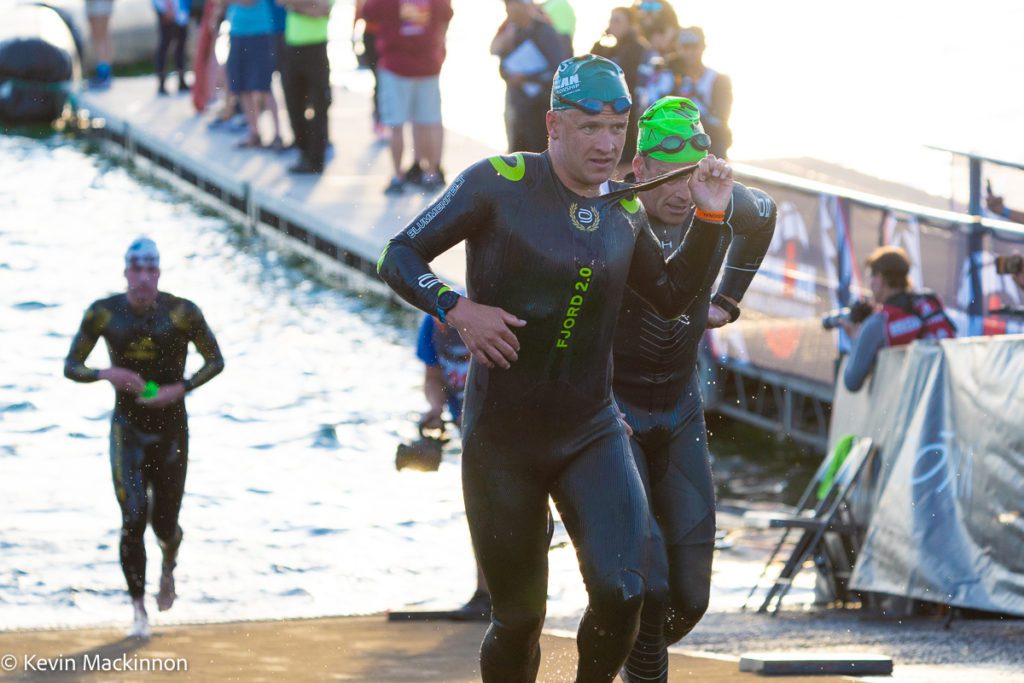
The water temperature was a reported 16.6 C (62 Fahrenheit), but earlier in the week had been even colder, reportedly in the 50s. That’s cold enough for a short swim – a 3.8 km effort in those conditions pose a huge challenge.
An insanely tough bike course
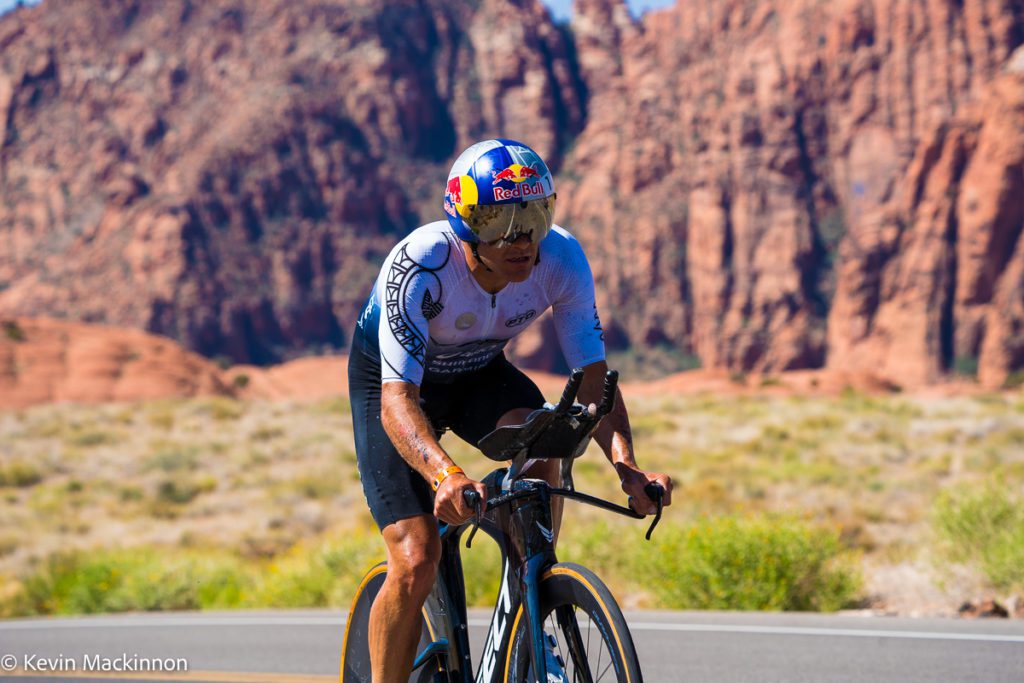
With 7,374 feet (2,248 m), the bike course in St. George is one of the most challenging seen in Ironman race. Add to that the challenge of the two most difficult climbs coming in the last third of the ride and you have the makings of an exceedingly tough day.
A very difficult run course
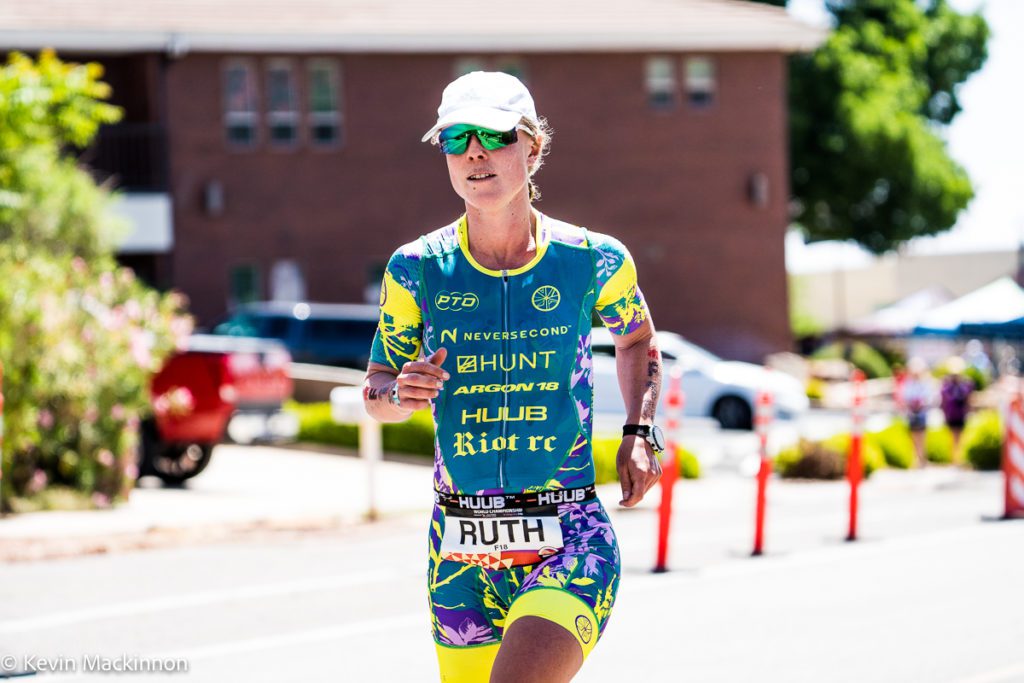
Coming off the bike with trashed legs made the extremely difficult run course even more of a challenge. The 42.2 km run featured 431 m (1,413 feet) of climbing, which was more than enough to challenge the pros, let alone the legs of the age-group competitors who managed to get to T2 in time to be allowed to continue the race.
Competing at altitude
Adding to the difficulty of the course, the race takes place at roughly 2,739 feet (835 m). That’s high enough to affect those who aren’t used to altitude training. (There’s a reason you see all those pros train at altitude for weeks and sometimes months ahead of the world championship event.
A lot of first timers
With a number of athletes who had signed up for Ironman St. George as their first full-distance race, there were over 400 competitors taking on the event without having experienced the challenge an Ironman presents. (The upside is that pretty much every other Ironman race they might enter will be a piece of cake compared to this one.)
Lack of training time
We wrote about Ironman’s opening up of the St. George event to All World Athlete Gold and Silver athletes in order to try and boost the total entries to close to 4,000. (They were a long way short of that goal – about 2,800 athletes started.) Many of those athletes didn’t actually receive a spot in the race until February, giving them precious little time to prepare for a full-distance event, let alone one of the most difficult ones. There’s a reason late July and August races are popular for Canadians – they have the summer to train and prepare. A lot of the competitors in the race were from the Northern Hemisphere and wouldn’t have had the luxury of a summer of training heading into the race.
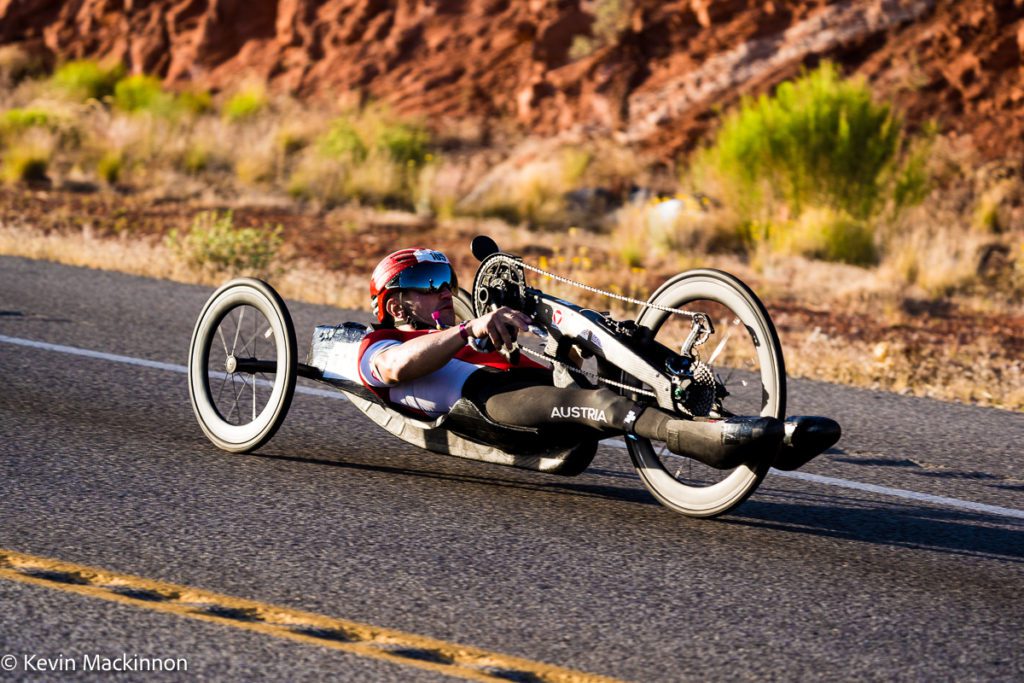
It’s supposed to be tough
Commander John Collins, one of the founders of the Ironman back in 1978, was famous for this quote: “Swim 2.4 miles, bike 112 miles and run a 26.2-mile marathon … then brag for the rest of your life.” Those who made it across the finish line at last wekend’s Ironman World Championship St. George will certainly be able to to that.
